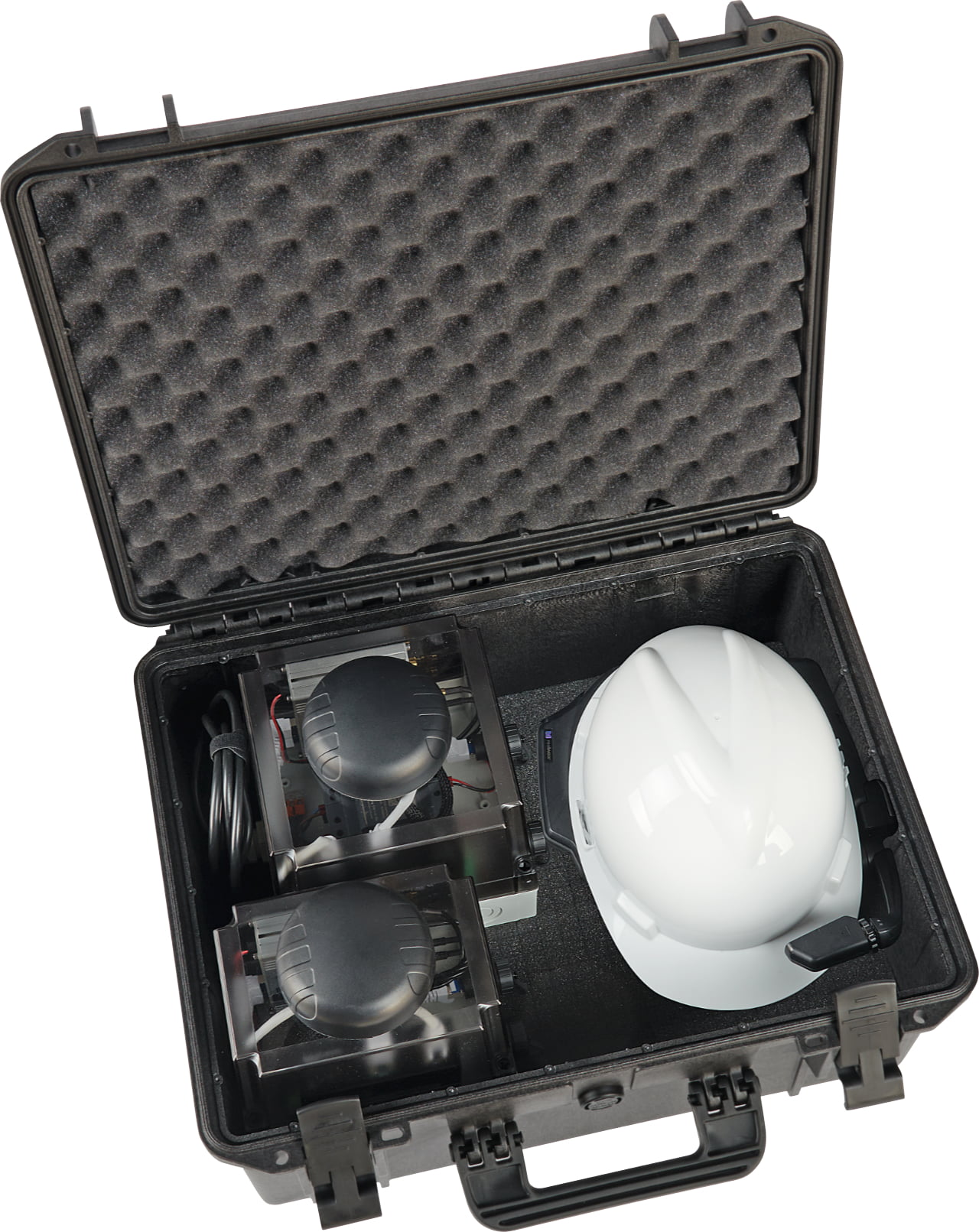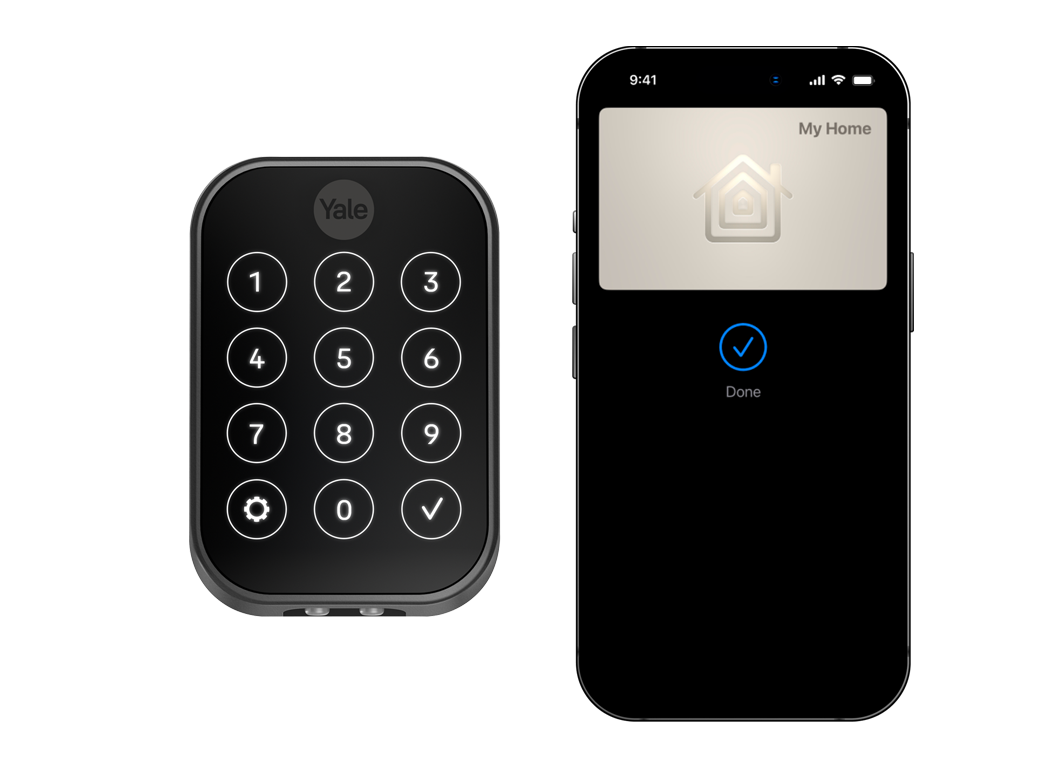Smart glasses connect to the internet using Wi-Fi or Bluetooth. These connections allow the glasses to access online data and services.
Smart glasses are not just a futuristic gadget anymore. They blend technology with everyday tasks. By connecting to the internet, these glasses can provide real-time information, navigation, and notifications. Imagine getting directions or reading messages right in front of your eyes.
The connectivity enhances the user experience, making daily tasks easier and more efficient. Understanding how these connections work can help you make the most of your smart glasses. So, let’s dive into the details and see how smart glasses connect to the internet seamlessly.

Credit: www.alamy.com
Introduction To Smart Glasses
Smart glasses have been making waves in the tech world. These innovative devices combine the functionality of a smartphone with the convenience of eyeglasses. But how exactly do they connect to the internet? Let’s dive in.
Definition And Features
Smart glasses are wearable devices that provide a hands-free experience. They often come with built-in displays, cameras, and speakers. Some even have touch controls or voice commands.
These glasses connect to the internet through Wi-Fi or Bluetooth. They can display notifications, show maps, and even allow you to take photos and videos. Imagine checking your emails without picking up your phone!
Popular Brands And Models
Several brands have entered the smart glasses market. Google Glass, one of the pioneers, is still popular for its lightweight design and functionality. Then there’s Vuzix Blade, known for its augmented reality features.
Another notable mention is the North Focals. They offer a discreet design, making them look like regular eyeglasses. The Bose Frames focus on audio quality, providing an immersive sound experience.
What features matter most to you in smart glasses? The choice is vast, so think about what suits your lifestyle best.

Credit: alegerconnect.com
Basic Connectivity Options
Smart glasses offer a hands-free way to stay connected. Basic connectivity options include Wi-Fi and Bluetooth. These methods ensure seamless communication and data transfer.
Wi-fi Connectivity
Wi-Fi is a primary way smart glasses connect to the internet. Users can link their glasses to a Wi-Fi network. This allows for fast data transfer. Streaming videos, browsing the web, and using online apps become effortless.
Setting up Wi-Fi on smart glasses is simple. Go to the settings menu, find the Wi-Fi option, and select your network. Enter the password, and you are connected. Now, your smart glasses can access the internet just like a smartphone.
Bluetooth Integration
Bluetooth is another essential connectivity feature. It allows smart glasses to connect to other devices. This includes smartphones, tablets, and computers. Bluetooth enables data sharing without a wired connection.
Pairing smart glasses with a smartphone is easy. Turn on Bluetooth on both devices. Find and select the smart glasses in the Bluetooth menu of your phone. Confirm the pairing request. Now, your smart glasses can receive notifications and updates from your phone.
Using Wi-fi With Smart Glasses
Smart glasses have made it easier to stay connected on the go. One way they do this is by using Wi-Fi. This section will explain how smart glasses connect to the internet using Wi-Fi and provide tips for setting it up. We’ll also look at common Wi-Fi issues you might face.
Setting Up Wi-fi
To connect smart glasses to Wi-Fi, start by turning on the glasses. Go to the settings menu. Find the Wi-Fi option. Select it. You will see a list of available networks. Choose your preferred network. Enter the password if required. Your smart glasses should connect.
Make sure your router is working well. Ensure the Wi-Fi signal is strong. If the connection fails, restart the glasses. Try again. You can also restart the router. This often fixes connection issues.
Common Wi-fi Issues
Smart glasses sometimes face Wi-Fi problems. Weak signals are common. This happens if you are far from the router. Move closer to the router. This can improve the signal.
Incorrect passwords are another issue. Double-check the password. Ensure it is entered correctly. If it still does not work, reset the password on the router.
Connection drops are frustrating. They happen due to interference. Other devices might cause this. Disconnect unnecessary devices. This can help stabilize the connection.
Outdated software can also cause problems. Check for updates regularly. Update your smart glasses when needed. This ensures better performance.
Bluetooth Pairing Process
Smart glasses connect to the internet using Bluetooth technology. This involves a pairing process. This process links the smart glasses to your smartphone or other devices. Understanding this process is crucial for seamless connectivity.
Pairing With Smartphones
First, ensure Bluetooth is enabled on your smartphone. Next, turn on your smart glasses. They will enter pairing mode. On your phone, scan for nearby Bluetooth devices. Select your smart glasses from the list. A confirmation message will appear. Accept it to complete the pairing.
Once paired, your smart glasses will connect automatically. This connection allows data transfer. You can receive notifications, access the internet, and more. The process is simple and user-friendly.
Maintaining Connection
Maintaining a stable connection is important. Ensure your smartphone stays within Bluetooth range. Keep both devices charged. Bluetooth connections can drain battery quickly. Regularly check for firmware updates. Updates can improve connectivity and performance.
Interference can affect the connection. Avoid crowded wireless environments. Turn off other Bluetooth devices if needed. Restart your devices if the connection drops. Simple steps like these ensure a smooth experience.
Mobile Data Connectivity
Smart glasses have revolutionized how we interact with the world. They offer a seamless blend of reality and digital information. For them to perform optimally, they must connect to the internet. Mobile data connectivity plays a crucial role in this. It ensures users receive updates and notifications on the go.
Using Sim Cards
Some smart glasses come with built-in SIM card slots. This allows them to connect directly to mobile networks. Users can insert a SIM card, and the glasses connect to the internet. This method offers a direct and uninterrupted connection. It is similar to how smartphones connect to mobile networks.
Having a dedicated SIM card means the smart glasses work independently. They do not rely on other devices for internet access. This independence provides greater flexibility and convenience for the user. It is especially useful for those on the move. The glasses stay connected even if the user switches off their phone.
Tethering From Smartphones
Another way smart glasses connect to the internet is by tethering. This involves linking the glasses to a smartphone’s mobile data. The smartphone acts as a hotspot, sharing its internet connection. Users can enable tethering on their phones and connect the glasses.
Tethering is a convenient option for those without a SIM card in their glasses. It leverages the existing mobile data plan of the smartphone. This method is easy to set up and use. It also ensures that the smart glasses stay connected as long as the phone is within range. However, it may drain the smartphone’s battery faster.

Credit: www.consumerreports.org
Advanced Connectivity Features
Smart glasses connect to the internet using Wi-Fi, Bluetooth, and cellular networks. These connectivity features enable seamless access to online resources. Users can browse, stream, and interact effortlessly.
Smart glasses are not just a futuristic accessory; they are a marvel of modern technology, offering a seamless connection to the digital world around us. The advanced connectivity features of smart glasses make them a powerful tool for enhancing your daily life. Let’s dive into some of the innovative ways these glasses connect to the internet and other devices.Nfc Capabilities
Near Field Communication (NFC) is a standout feature in many smart glasses. Imagine tapping your glasses to a compatible device to share data instantly. NFC makes this possible, allowing for quick and secure connections. You can use NFC to connect to your smartphone, transfer files, or even make payments. This technology simplifies interactions and enhances the overall user experience.Integration With Smart Home Devices
Smart glasses can transform how you interact with your home. With the ability to connect to smart home devices, you have control at your fingertips—or rather, at the blink of an eye. Picture adjusting your thermostat, turning off lights, or checking security cameras—all through your glasses. This integration not only adds convenience but also creates a more connected and efficient living environment. The advanced connectivity features of smart glasses bring a world of possibilities. Whether it’s through NFC capabilities or integration with smart home devices, these glasses are designed to make your life easier and more connected. How do you see smart glasses enhancing your daily routine?Security And Privacy Concerns
Smart glasses connect to the internet via Wi-Fi or Bluetooth. This raises concerns about data security and user privacy. Ensuring encrypted connections can help protect sensitive information.
Smart glasses are an exciting innovation, but they come with security and privacy concerns. Connecting these devices to the internet can expose users to various risks. It’s important to understand how your data is handled and what measures are in place to protect your privacy. ###Data Encryption
Data encryption is crucial for securing information transmitted through smart glasses. When you connect your glasses to the internet, your data should be encrypted to prevent unauthorized access. Think about it like sending a letter in a locked box instead of an open envelope. Only the person with the key can read it. This means hackers can’t easily access your personal data. Make sure your smart glasses use strong encryption standards. Look for features like end-to-end encryption to ensure your data remains secure from sender to recipient. ###Protecting Personal Information
Protecting personal information is another major concern with smart glasses. These devices can collect a lot of sensitive data, including your location, health stats, and even what you see. Imagine someone having access to everything you do and everywhere you go. It’s a bit unnerving, right? To protect your personal information, check the privacy settings of your smart glasses. Ensure that only necessary data is collected and shared. Be mindful of the apps you install and the permissions you grant. Regularly review and update your privacy settings. Stay informed about the latest security patches and updates to keep your device safe. By taking these steps, you can enjoy the benefits of smart glasses while keeping your data secure and private. How do you feel about the security features of your smart glasses? Are there any additional measures you think should be implemented?Future Of Smart Glasses Connectivity
The future of smart glasses connectivity holds exciting prospects. With technology evolving rapidly, new ways to connect smart glasses to the internet are emerging. This advancement will make smart glasses more efficient and user-friendly. Let’s explore some upcoming technologies and potential challenges in this field.
Upcoming Technologies
Innovations in 5G technology promise faster and more reliable connections. This will enhance the performance of smart glasses significantly. Users can expect smoother streaming and quicker data access. Edge computing is another promising development. It brings data processing closer to the user. This reduces latency and improves the overall experience.
Wi-Fi 6 is also set to play a crucial role. It offers higher speeds and better capacity. This means smart glasses can handle more data without slowing down. Bluetooth advancements will allow for seamless connectivity with other devices. This will make it easier for users to integrate smart glasses into their daily lives.
Potential Challenges
Despite the promising technologies, there are challenges to address. One major issue is battery life. Enhanced connectivity features can drain the battery quickly. Manufacturers need to find ways to extend battery life while maintaining performance. Privacy and security are also significant concerns. As smart glasses collect and transmit data, protecting this information becomes crucial.
Another challenge is the need for widespread network infrastructure. Not all areas have access to 5G or advanced Wi-Fi yet. This limits the potential of smart glasses. User adoption is another hurdle. Many people are still unfamiliar with smart glasses. Educating users about the benefits and uses of smart glasses is essential.
Frequently Asked Questions
Are Smart Glasses Connected To The Internet?
Yes, smart glasses can connect to the internet. They use Wi-Fi or Bluetooth for connectivity, enabling various online features.
What Is The Disadvantage Of Smart Glasses?
Smart glasses can be expensive and may cause privacy concerns. They may also have limited battery life and compatibility issues.
How Will Smart Glasses Work?
Smart glasses work by integrating a display, sensors, and internet connectivity. They project information onto lenses, providing augmented reality experiences.
Can You Watch Netflix On Ray-ban Smart Glasses?
No, you cannot watch Netflix directly on Ray-Ban smart glasses. They currently lack the capability for video streaming.
Conclusion
Smart glasses connect to the internet using Wi-Fi or cellular networks. This allows access to online features and apps. Bluetooth helps link the glasses to smartphones. Connection steps are straightforward and user-friendly. Smart glasses offer hands-free convenience. They enhance daily tasks with internet access.
Stay connected on the go. Enjoy the blend of technology and simplicity. Smart glasses are the future of wearable tech.
